With Norway recently banning the breeding of Bulldogs and Cavalier King Charles due to their health issues which pose welfare concerns, other countries are starting to wonder whether they should follow suit.
Unfortunately, many purebred dogs today suffer from serious health issues. This is mainly due to breeders trying to attain specific physical standards - regardless of whether or not this impacts their dogs’ health. In addition, purebreds have a smaller genetic pool than mixed breeds, and are therefore more likely to suffer from genetic diseases.
But it’s not just about purebreds vs mixed breeds. Some dogs are bound to have health issues due to their size, age, or even physical attributes (e.g. flat faces).
Considering your future dog’s health is important before you decide to purchase or adopt a dog. Indeed, your dog’s health will have a direct impact on their life expectancy and on your wallet! Unhealthy dog breeds are harder and more expensive to insure. Plus, there’s a higher likelihood that you’ll have to pay for surgery or lifelong medication somewhere down the line. So consider your choices wisely! Here are the top 25 most unhealthy dog breeds:
Great Dane
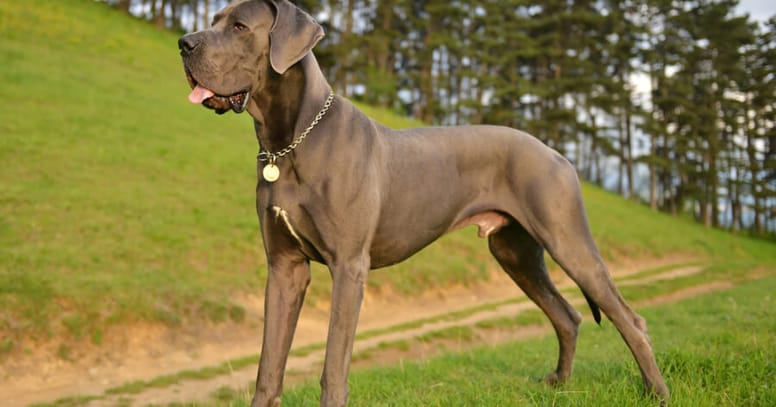
Great Danes are one of the largest breeds of dog in the world. Unfortunately, these beautiful dogs suffer from a panoply of health problems, including dilated cardiomyopathy, Wobbler syndrome, hip dysplasia, and bloat. They’re also more likely to suffer from lymphoma than other dog breeds. Due to all these health issues, most Great Danes don’t make it past the age of 8.
Shar Pei
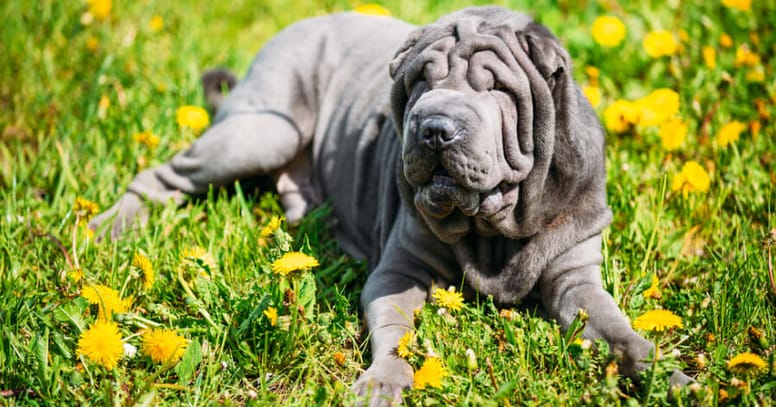
Their wrinkles are adorable, but their health isn’t great. Shar Peis suffer from many skin problems, including lip-fold pyoderma and irritations caused by allergies. In addition, they are prone to entropion, swollen hock syndrome, hip dysplasia, cataracts, hypothyroidism, and megaesophagus.
Saint Bernard

These big, lovable teddy bears unfortunately suffer from many health issues. They are prone to hip dysplasia, back problems, and have higher-than-normal rates of bone cancers and cardiac disorders. Their average life expectancy is 8-10 years.
Chow Chow

The uniquely-built Chow Chow unfortunately suffers from a variety of severe orthopaedic issues, such as hip and elbow dysplasia, and patellar luxation.
Pug

While flat-faced dogs have become increasingly popular in the past couple of decades, they make for terribly unhealthy dogs. Pugs are likely to suffer from respiratory issues due to their restricted airflows. This makes it difficult for them to be in hot temperatures and to exercise (which can, in turn, lead to obesity). They also have large, bulging eyes which can easily contract infections.
German Shepherd

These loyal and courageous dogs have unfortunately made it onto our unhealthiest dog breeds list due to their hip problems. In recent years, breeders have selected for a sloping back and low hip carriages, which leads almost all GSDs in their senior years to suffer from hip dysplasia. They are also likely to suffer from spinal issues, as well as joint and femur problems.
Basset Hound

Their cartoon-like appearance unfortunately leads them to suffer from many health issues, including joint problems and ear infections. They are also prone to many genetic diseases such as bloat and Von Willebrand’s (which causes an inability to clot blood properly).
Rottweiler
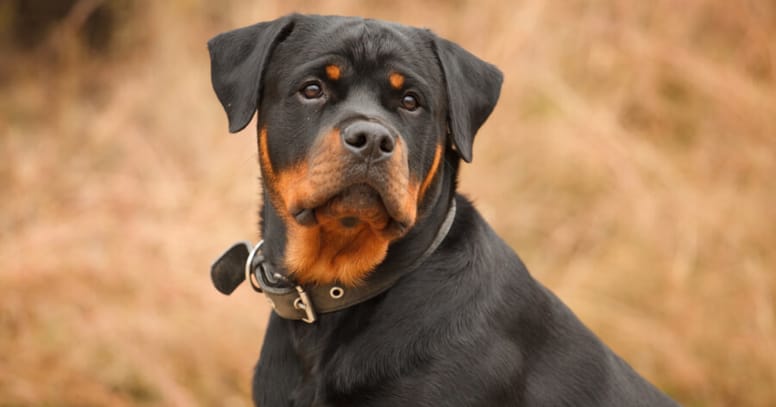
Big and beautiful, but very unhealthy. Rotties are well-known for their propensity to osteochondrosis, a degenerative bone disease. In addition, they can also suffer from epilepsy, subaortic stenosis, elbow and hip dysplasia, cataracts, pancreatitis, and even deafness. They are one of the dog breeds with the shortest lifespans, averaging at 8-10 years.
Boxer

Boxers are energetic and happy-go-lucky pups, but unfortunately, their health doesn’t reflect that. Not only can they suffer from the respiratory issues which go hand-in-hand with being a brachycephalic breed, but they also have high rates of lymphoma and mast cell tumours. In addition, they have a predisposition to heart problems and skin conditions.
Goldendoodle

Though not an ‘official’ breed, this designer dog is likely to suffer from a heart condition known as subvalvular aortic stenosis.
Bloodhound

Their droopy eyes are their signature look but also cause many health issues, including dry eyes, glaucoma, and entropion.
Newfoundland

These big, fluffy pooches are the ‘nannies’ of the dog world, but unfortunately, they’re very unhealthy. Newfies are susceptible to subvalvular aortic stenosis and cystinuria. In addition, their huge size makes them likely to suffer from hip dysplasia and cruciate ligament rupture.
Cocker Spaniel

Cocker Spaniels have beautifully long and shiny ears, but this makes them particularly prone to ear infections. In addition, Cocker Spaniels are known to suffer from epilepsy, glaucoma, heart diseases, liver diseases, and a variety of orthopaedic issues.
English Bulldog

English Bulldogs are well known for their flat faces and stocky builds, but these dogs unfortunately suffer from a variety of health problems. Not only do they suffer from respiratory issues due to their flat faces, but they are also prone to hip dysplasia, dry eyes, pulmonary stenosis, ventricular septal defect, deafness, hydrocephalus, hemivertebra, spina bifida, skin infections, allergies, and obesity.
Bernese Mountain Dog

These gorgeous dogs are as gentle as they are beautiful, but unfortunately, they are one of the unhealthiest dogs on this list. Berners have a predisposition to meningitis, elbow and hip dysplasia, ataxia, shaking puppy syndrome, and progressive retinal atrophy. Their biggest health concern is histiocytic cancer, which runs rampant in their genes. Because of this, many Berners don’t make it past the age of 8.
French Bulldog

Just like any breed with a flat face, French Bulldogs suffer from respiratory issues, cleft palates, entropion, canine ulcerative colitis, and intervertebral disc disease.
Dachshund

Unfortunately, their call to fame is also their weakest point. Due to their disproportionately long backs, Dachshunds are prone to intervertebral disk disease, which can cause paralysis.
Irish Setter

These beautiful red dogs are prone to genetic diseases such as epilepsy, quadriplegia and seizures.
Labrador Retriever

Labradors love their owners - but they also love food. They are very prone to obesity, and also to a few genetic ailments such as certain types of cancer and exercise-induced collapse (EIC).
Golden Retriever

Golden Retrievers have golden personalities, making them one of the most popular breeds in the world. Yet, they are prone to a variety of health issues, including lymphoma, hip and elbow dysplasia, hemangiosarcoma, thyroid issues, allergies, and skin diseases.
Siberian Husky
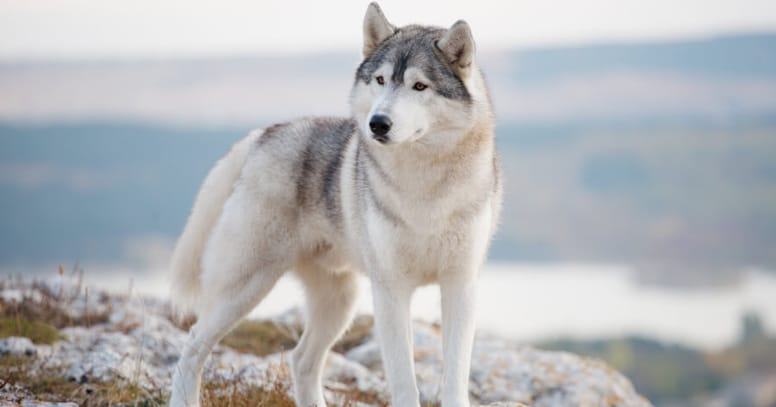
Siberian Huskies are impressive not only by their looks but also by their incredible endurance! However, Huskies can suffer from many skin diseases, as well as hypothyroidism, cataracts, corneal dystrophy, and progressive retinal atrophy.
Shih Tzu

Shih Tzus are quintessential lap dogs, but they suffer from many health issues. To begin with, they’re considered a brachycephalic breed, so they’re prone to the respiratory issues that go along with it. They also have large, bulgy eyes which are prone to infections, corneal ulcers, entropion, and epiphora. Shih Tzus have unstable kneecaps too, which means they often need orthopaedic surgery.
Toy Poodle
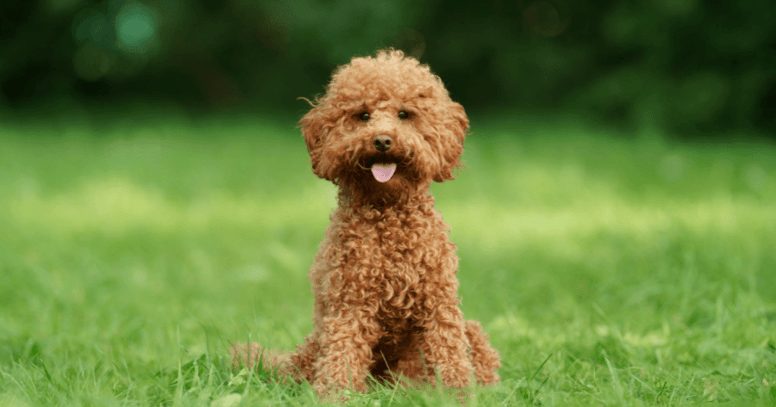
Toy Poodles are energetic and intelligent, but their small size can make them prone to seizures and low blood sugar. In addition, they are very susceptible to bladder stones.
Dobermann

Dobermanns have long been described as ‘dangerous’ dogs, yet, if properly trained, they are nothing but loyal and affectionate. They are sadly prone to a variety of genetic diseases, including dilated cardiomyopathy, copper hepatopathy, Wobbler syndrome, intervertebral disc disease, and Von Willebrand’s. They’re also likely to suffer from hepatitis, gastric torsion (bloat), cataracts, deafness, and skin problems.
Weimaraner
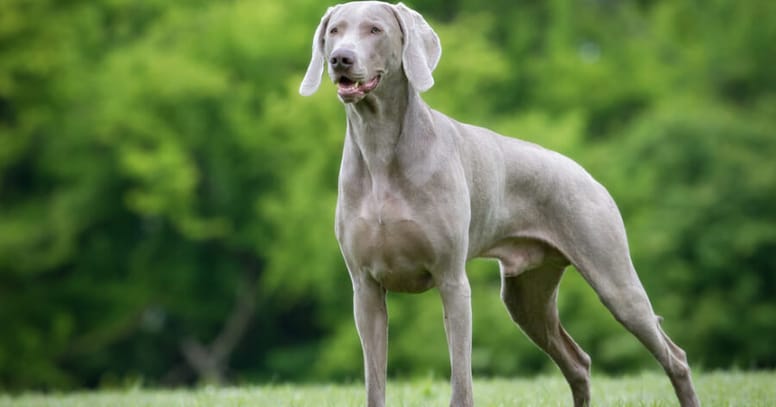
Weimaraners are arguably one of the most beautiful dog breeds in the world. Sadly, they can suffer from Von Willebrand’s disease. They’re also prone to spinal problems and hip dysplasia.
Sadly, this list could go on and on. However, there is a way to minimise the chances of your purebred dog suffering from breed-related issues: Choosing a good breeder. A good breeder will carefully breed only the healthiest of dogs in order to avoid ailments and diseases being passed down from one generation to the next. A well-bred dog is sure to live a longer and happier life than a dog bought from a pet store or backyard breeder, so do a lot of research before getting your dog!
Have you ever owned a dog breed from this list? Did they suffer from any health issues?

